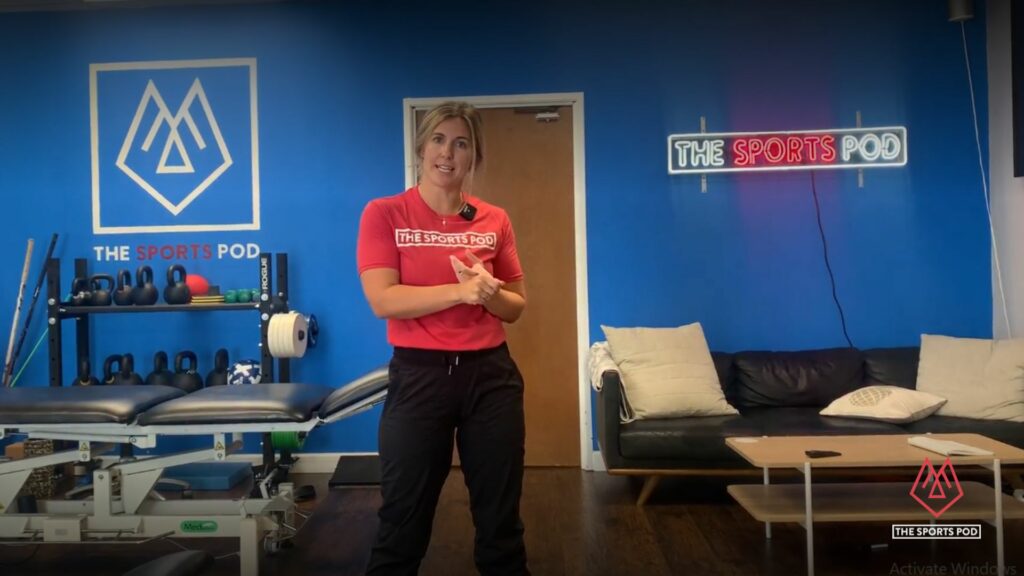Dancers are a special breed of athletes yet they are susceptible to dance injuries. It’s a must for them to take care of their bodies in order to be at their best. The demands on their bodies are unique and often have the training, performing, and traveling all over the place. Many dancers’ injuries happen because they don’t take time to recover from all this stress on their muscles and joints. But there are some injuries that can arise right out of the gate. Ankle stability, hip pain, and lower back pain. These are common problems among young dancers that can lead to further injuries later down the road. Here’s what you need to know about the top 3 common dance injuries:

Ankle Stability
Ankle stability-related injuries are very common not just specifically in dancing but in any line of sport or physical activity. From an athlete’s perspective, the one who has chronic ankle stability issues often misses out on practice, training, and even competitions. That is why ankle stability is extremely important in order to achieve optimal performance.
Ankle CARs (controlled articular rotation)
One of many ways that you can prevent this type of issue is by simply having an exercise that increases your mobility and range of motion in your ankle area.
We’ve prepared a step-by-step video to guide you on how to execute Ankle CARs. Watch this video for more details.
Hip Pain
Hip pain is the most common among all dance injuries. The main cause of hip pain is a lack of flexibility in the hip flexors, which are muscles located on the front of your hips and thighs. These muscles tend to get shorter when you spend a lot of time sitting or lying down, so it’s important to stretch them out regularly. Hip pain can also be caused by overuse or weak glutes (buttocks), core muscles (abs and back), or hamstrings (back of thighs).
Hip Flexor Stretch - Hip Mobility Exercise
The hip flexor stretch is an excellent way to keep your hips and upper body flexible. It’s not only acting on the hip, but it has a direct relationship to that low back as well and helps increase your range of motion. An exercise routine that’s also going to be good for the anterior hip pain.
We’ve prepared a step-by-step video to guide you on how to execute the Hip Flexor Stretch. Watch this video for more details.
Low Back
Low back pain is a common condition that affects the lower part of the back. It can be caused by a variety of things, including poor posture, injury, or a medical condition. Low back pain is not always serious but it can be very painful.
The 90/90 Hip Stretch | Low Back Exercise
The 90-90 Hip Stretch is a great way to relieve your lower back pain. It’s one of the most effective stretches that you can perform anywhere without the need for any equipment.
We’ve prepared a step-by-step video to guide you on how to execute The 90/90 Hip Stretch. Watch this video for more details.
We hope you find this information useful, and that it helps you to make better decisions in case you may experience this. As always, please consult a doctor if your pain becomes worse or if new symptoms develop.
Feel free to visit us at our Frisco and Dallas clinics or you may check our website at www.thesportspod.co.
